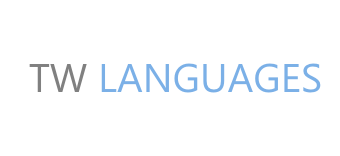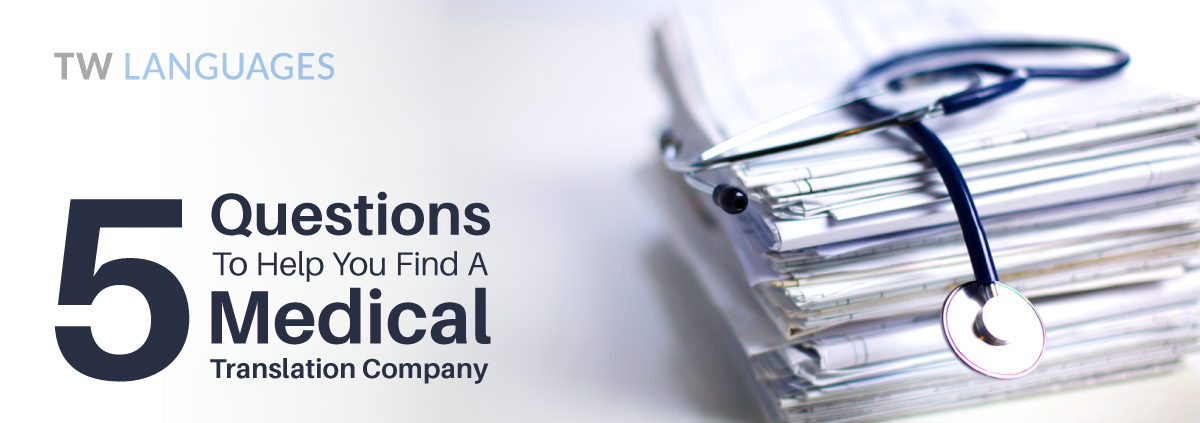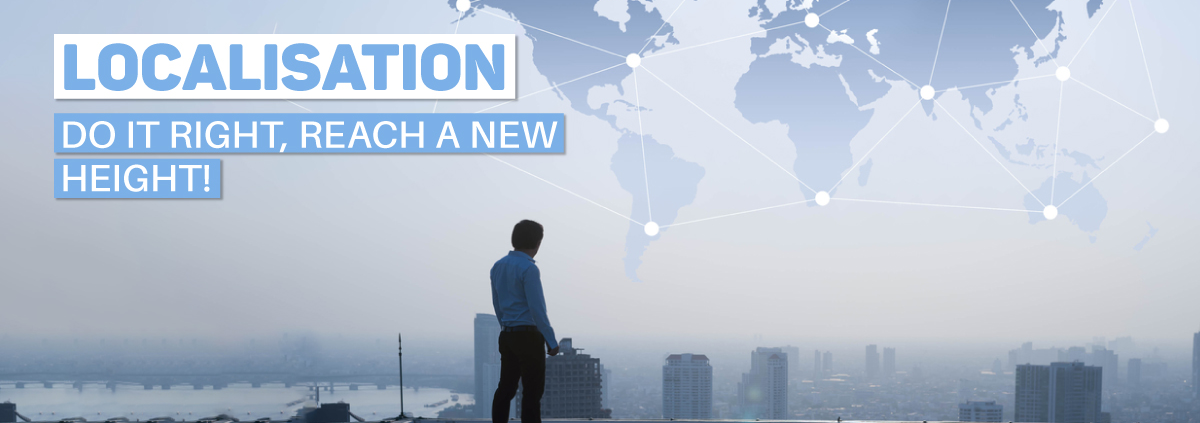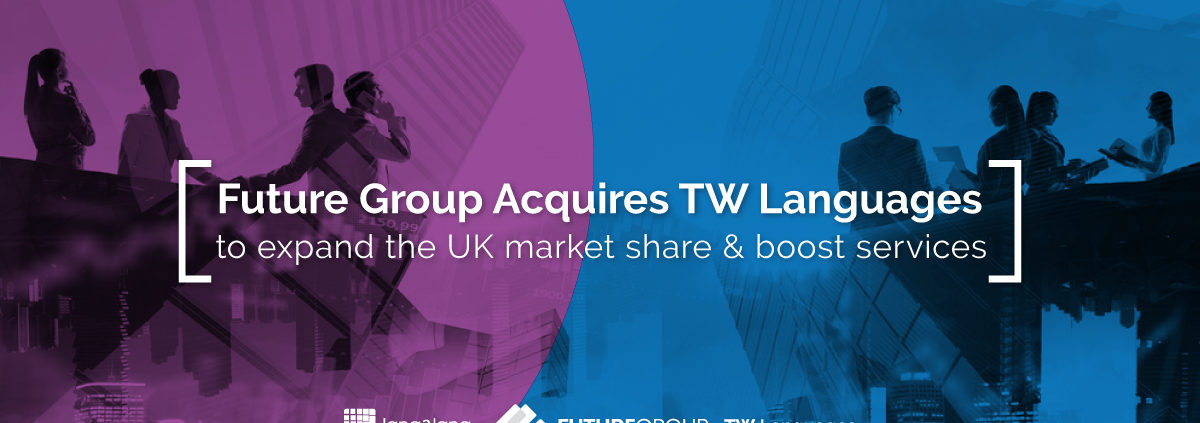How are Healthcare Technology and Translation Shaping the Healthcare Industry’s Future?
Whether in the Northern or Southern Hemisphere, the key factor in judging the level of healthcare in any given country is definitely people’s access to healthcare services, an aspect which substantially differs across individuals, communities and countries.
Even though people’s access to medical care services is usually impacted by numerous social and economic conditions, the world is currently witnessing a substantial breakthrough, with major advancements in the fields of technology and translation that contribute to spreading healthcare concepts and information into more and more territories across the globe as well as bringing them to more beneficiaries ─ regardless of gender, age, geographic location or cultural background. The bottom line is that by means of both healthcare technology and translation, healthcare services are presently being provided to more and more individuals and communities in the four corners of Mother Earth.
One Challenge, Two Solutions!
Since English is, more or less, the universal language of medicine, we are in a situation featuring one challenge and two solutions. The challenge or the problem is that there is no doubt that one of the main limitations to the reasonable and timely provision of healthcare services anywhere across the globe is people’s inability to communicate with healthcare providers, especially amongst limited English proficiency (LEP) individuals and communities. As for the two solutions, guess what? Technology and translation?!
Technology to the Benefit of Patients
Believe it or not, technology ─ as Artificial Intelligence (AI), Deep Learning, or the Internet of Medical Things IoMT ─ is currently changing the global landscape of health services in multiple areas, including, but not limited to, instant care management, hospital process management and predictive healthcare.
Among the latest uses of technology in healthcare, one of the most remarkable is the thrilling breakthrough of telemedicine, which expands patients’ access to healthcare services via removing such barriers as high costs and difficult transportation, and so grants patients the opportunity to receive medical care from the comfort of their homes ─ through the use of such tools as live audio, instant messages, email, and live video. In spite of a few limitations and risks which can limit the potential of telehealth ─ such as telemedicine’s inability to fully replace physical examination in the areas of diagnostics, rehabilitation or mental health ─ a lot of medical branches are increasingly embracing this rising trend, with a view to helping communities across the world by providing patient-centred care, reducing healthcare costs, and hence saving lives.
Translation and Bridging the Gap
As for its role in shaping the future of the healthcare industry, translation is, on the whole, playing a fundamental role in the exchange of information between different languages and cultures. When it comes to the healthcare content in particular, translation has been catering to the growing globalized need for getting healthcare providers’ messages to the desired recipients in a clear and accurate manner.
Significantly, the non-stop advancements in healthcare technology and the progressive rise in the universal volume of translated and localised healthcare content are integrating to revolutionise the level of engagement between patients, clinicians, and health care service providers ─ by creating online and social media patient communities that make it possible for patients and their families to learn more about their diseases and seek medical advice as well as connect with other individuals or communities who are affected by the same disease.
Why TW Languages?
Therefore, selecting the right translation and localization services provider in the sensitive field of healthcare is becoming more and more challenging. TW Languages, a UK registered company, is an ISO 17100 certified language service provider that boasts extensive hands-on experience in translating and localising medical, pharmaceutical and healthcare content into up to 250 languages ─ with the highest quality along with the fastest turnaround. The company is known for its excellent record of having catered to the needs of over 200 companies and having translated about 40 million words in the field of healthcare.
What’s more, TW Languages prides itself on having an in-country team of distinguished translators who are native speakers and qualified linguists devoted to ensuring that your medical and healthcare content is accurately translated and localised to suit your specific target markets ─ so as to convey the correct message in the desired tone.
Please contact us with the details of any translation requirements you may have and we will be happy to fulfill them with the utmost professionalism.













